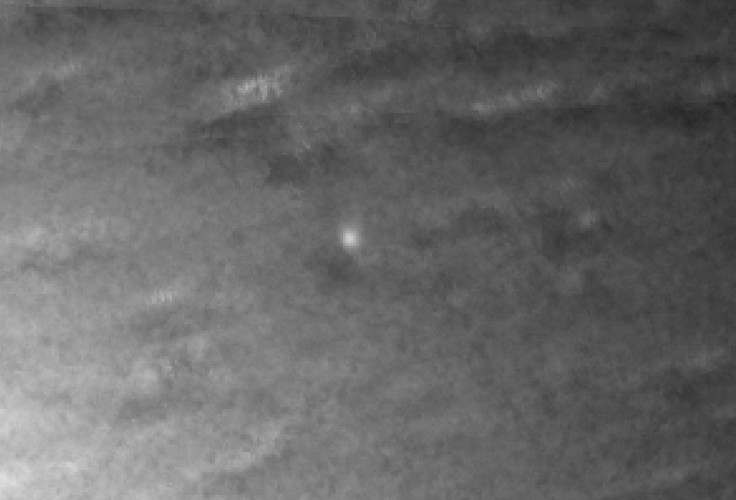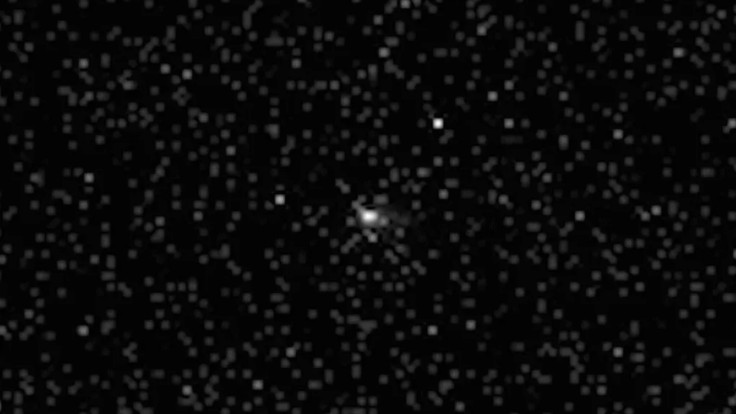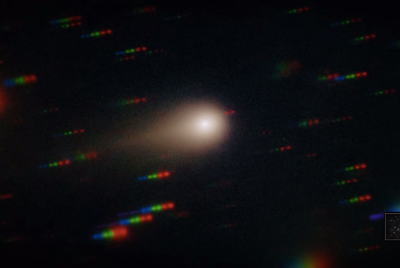Harvard Astronomer Avi Loeb Slams NASA 'Gatekeepers' Over 3I/ATLAS Image Delay
NASA must release the HiRISE images of 3I/ATLAS, held hostage for 43 days. This 'gatekeeper' delay stops us from understanding its anomalous anti-tail.

The astronomical community is holding its breath. After a frustrating, 43-day government shutdown that held critical data hostage', a delay I have publicly criticised as a failure of NASA's priorities and its bureaucratic 'gatekeepers', word is spreading from multiple sources: NASA is finally expected to release its HiRISE images of the enigmatic interstellar object 3I/ATLAS.
As of November 14, 2025, the release could be just days away. This is excellent news, as this is not just another data drop; it is a potential turning point in understanding an object that has baffled scientists.

The Curious Case of 3I/ATLAS and Its Anti-Tail
We are intensely curious to finally understand the nucleus's diameter and the strange geometry of the anti-tail 3I/ATLAS is displaying. Our last major high-resolution look came from the Hubble Space Telescope on July 21, 2025.
That observation revealed a truly anomalous feature: an anti-tail stretching towards the Sun. This is the opposite of a typical cometary tail, which contains refractory dust pushed away from the Sun by solar radiation.
The Hubble image, however, was compromised by its perspective. It was taken edge-on, with the line-of-sight separated by merely 10 degrees from the Sun's direction relative to 3I/ATLAS. The new images from the HiRISE camera, onboard the Mars Reconnaissance Orbiter, promise a much clearer picture.
They should provide a crucial side-view of the anti-tail and jets from when 3I/ATLAS passed within 29 million kilometres of Mars on October 2–3, 2025.
The HiRISE images were held hostage for bureaucratic reasons at NASA, as a result of the government shutdown for 43 days so far. This bureaucratic paralysis is precisely what I refer to as 'gatekeeping'—prioritising protocol over time-sensitive, crucial scientific discovery.
The spatial resolution is expected to be three times better than Hubble's, at approximately 30 kilometres per pixel.
While this is unlikely to resolve the nucleus itself, the data from the brightest pixel will allow us to set a tight, vital constraint on its diameter. A picture is worth a thousand words, and this one has been long-awaited.
The scientific data should have been prioritised over bureaucratic rules, especially as this information is time-sensitive for planning future observations of 3I/ATLAS.

While We Wait for 3I/ATLAS, A Giant Approaches
Yet, as we anticipate the 3I/ATLAS data, we must be aware that an even larger object is journeying from the great distances of the Oort cloud. A colossal comet, larger than Lake Erie and ten thousand times more massive than 3I/ATLAS, is moving towards the Sun.
It was first discovered in 2014 by astronomers Pedro Bernardinelli and Gary Bernstein in archival images from the Dark Energy Survey. Known as C/2014 UN271 or Comet Bernardinelli–Bernstein (nicknamed BB'), it holds the record for the largest distance at which a comet has ever been discovered. When first imaged, it was 29 astronomical units (AU), or 4.3 billion kilometres, from the Sun, almost as far as Neptune.
The nucleus diameter of C/2014 UN271 is larger than 100 kilometres, making it the largest Oort cloud comet known. Its origin point was at a distance of approximately 40,000 AU, about 1.4 million years ago. We will have to wait for its closest approach, which will reach a minimum separation of 10.9 AU (just outside Saturn's orbit) in January 2031.

A Giant Comet's Trajectory and the Wait for 3I/ATLAS
The rapid brightening of C/2014 UN271, observed at 20–25 AU, is consistent with activity generated by sublimating carbon dioxide (CO2) or ammonia (NH3) ices from its surface. More recently, carbon monoxide (CO) was detected by the SPHEREx Space Observatory, but it appears centrally concentrated compared to the extended CO2 emission.
Its orbit presents a significant challenge. C/2014 UN271 has an orbital inclination of 95.5 degrees. This nearly-perpendicular orbit, relative to the ecliptic orbital plane of the Earth, means a direct rendezvous trajectory for a spacecraft is not technologically feasible.
However, a rendezvous mission is not impossible. It could be achieved through a Jupiter gravity assist after C/2014 UN271 has crossed the ecliptic. As discussed here, optimal launch dates would be in 2030–2034, with a flight duration of about 15 years.
The Anticipation for 3I/ATLAS Returns
For now, all eyes return to the immediate mystery. We are all anticipating the release of the HiRISE images of 3I/ATLAS next week. This is why I have been so vocal: scientific truth must be transparent and data shared publicly, not curated by a select few. The truth about the nature of 3I/ATLAS will be revealed by publicly shared data and not by any storyline of gatekeepers.
The release of the HiRISE images is more than just a scientific update; it is a test of our commitment to transparent, timely discovery. The truth about 3I/ATLAS and its anomalous anti-tail will be revealed by data, not by bureaucratic storylines.
As we await these images, we must insist that time-sensitive scientific data is prioritised over protocol. Let this be a lesson: the community must continue to push for open data, shared publicly and immediately, ensuring that 'gatekeepers' never again stand between us and the universe.
© Copyright IBTimes 2025. All rights reserved.




















